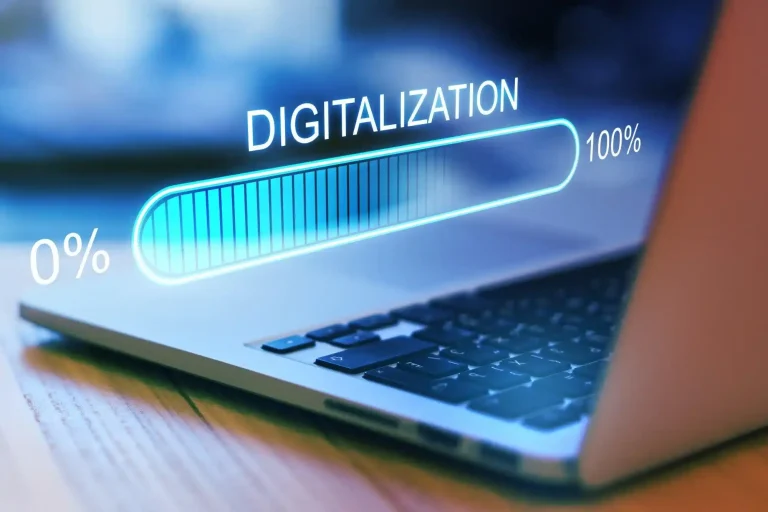Innovative Ways Robotics Are Enhancing Education Globally

As technology continually evolves, education is experiencing transformative changes that were once unimaginable. One of the most notable advancements is robotics, which is revolutionizing classrooms around the world.
It is through interactive learning experiences and smart technologies. Robotics promotes not only education but also critical thinking, teamwork, and creativity among students.
This article delves into the innovative ways robotics is enhancing education globally—demonstrating how this powerful technology is shaping the future of learning.
The Rise of Educational Robotics
Schools around the world are adopting robotics as a core component in their curricula. This aims to prepare students for a future where STEM skills are in high demand.
Educators can provide a hands-on learning experience that engages students. It also fosters a deeper understanding of complex subjects. Robotics facilitates a project-based approach, encouraging learners to collaborate and develop solutions to real-world problems.
Interactive Learning Tools
Innovative robotics platforms make education interactive and fun. Bots like Studica Robotics allow students to engage in coding, design, and engineering projects in an exciting manner. Students can learn programming languages while:
- Building their robots
- Nurturing innovations
- Developing technical skills
Also, interactive robots can serve as teaching assistants. They help students understand tough concepts and provide extra support.
For example, many struggling readers improve by reading to robots. These robots encourage them, making it a safe space to practice without fear of judgment.
Creating Personalized Learning Experiences
Robotics enhances personalized learning by catering to the diverse needs of students. For instance, adaptive learning technologies can track progress and provide real-time feedback.
Robotic tools help students find their strengths and weaknesses. They create tailored learning paths for each student.
This personalized approach boosts student engagement. It also helps learners who need extra support.
Robotics helps educators make sure no student is left behind. It creates an inclusive environment where everyone can thrive.
Encouraging Problem-Solving Skills
Robotics encourages critical thinking and problem-solving among students. Robotics projects often require learners to come up with ideas, fix problems, and work together.
This hands-on experience fosters a learning space centered on inquiry and discovery—key for shaping future innovators.
For example, students may be tasked with programming a robot to navigate a maze. This challenge sharpens their analytical skills and promotes teamwork as they share strategies and tackle obstacles together.
Enhancing STEM Education
Currently, there is a significant push to increase STEM education globally. Robotics plays a key role in these initiatives. It sparks interest in science, technology, engineering, and math for young learners.
Robotics competitions like FIRST Robotics let students use what they learn in class in real-life situations. These events build teamwork, spark creativity, and encourage strategic thinking. They also highlight how engineering and coding skills are used in the real world.
Real-World Applications of Robotics in Education
Robotics not only equips students with theoretical knowledge but also emphasizes real-world applications. Schools are using robotics in diverse fields, including healthcare and environmental science.
Students can program robots to gather data on climate change. They can also build automated systems for precision agriculture.
This hands-on experience teaches responsibility. It shows students the importance of global issues and encourages them to be agents of change.
The interdisciplinary approach provided by robotics connects students to essential life skills, making learning more relevant.
Promoting Collaboration and Teamwork
Education today is not just about individual achievement; it’s about collaboration in a connected world.
Robotics fosters teamwork by allowing students to work in groups to solve problems. This collaboration is central to the robotics experience, teaching students the importance of communication and cooperation.
In a competitive robotics team, members must share tasks, exchange knowledge, and support one another. These experiences not only build interpersonal skills but also develop technical competencies crucial for any career.
Preparing Students for the Future
The future workforce requires a combination of technical and soft skills. Schools are preparing students for this future by integrating robotics into the curriculum.
This equips learners with adaptability, creativity, and critical thinking—skills essential for any career.
Students with robotics experience are often more prepared for higher education and tech careers. They also develop qualities like resilience, collaboration, and the ability to tackle challenges with an innovative mindset.
Overcoming Challenges in Robotics Education
Despite the benefits, challenges remain. Some educators face hurdles in integrating robotics due to limited resources, training, or curriculum support. Students from underprivileged backgrounds may have reduced access to robotics programs.
To address these gaps, education systems must invest in resources, training, and grants to support underserved communities. Partnerships with tech companies can also help expand access to robotics education.
The Future of Robotics in Education
The future of robotics in education looks bright. As technology advances, AI and machine learning will make robotics education more personalized and engaging.
Robotics will play a major role in helping students adapt to a tech-driven world. Schools that adopt these tools today are preparing students not just for jobs—but for leadership in innovation.
Incorporating Robotics into the Global Curriculum
To fully realize the benefits of robotics, it must be included in the global curriculum. This requires collaboration between educators, industries, and tech experts to build standardized programs that promote robotics literacy from an early age.
These efforts will ensure that all students—regardless of geography—have access to the tools and knowledge to thrive in the digital age.
Curricula must also evolve to keep pace with rapid tech development, preparing students for careers that may not yet exist.
Embracing the Robotics Revolution in Education
The innovative ways robotics are enhancing education globally present exciting opportunities to reshape how students learn and interact with the world.
By integrating robotics into the curriculum, schools foster essential skills and drive interest in STEM fields. Robotics has the power to revolutionize teaching and learning, equipping students with the tools to thrive in an increasingly technological world.
By addressing current challenges and embracing innovation, robotics will continue to play a vital role in education. As more schools adopt this technology, the collective impact on student learning will lead to a brighter future for generations to come.
Check out our other blog posts for more!





